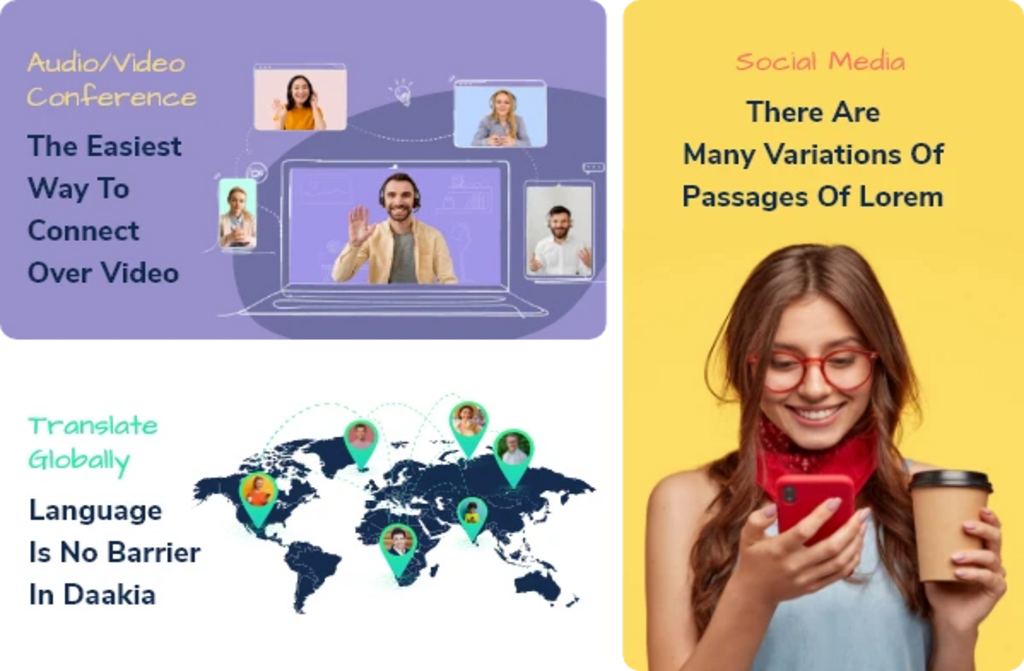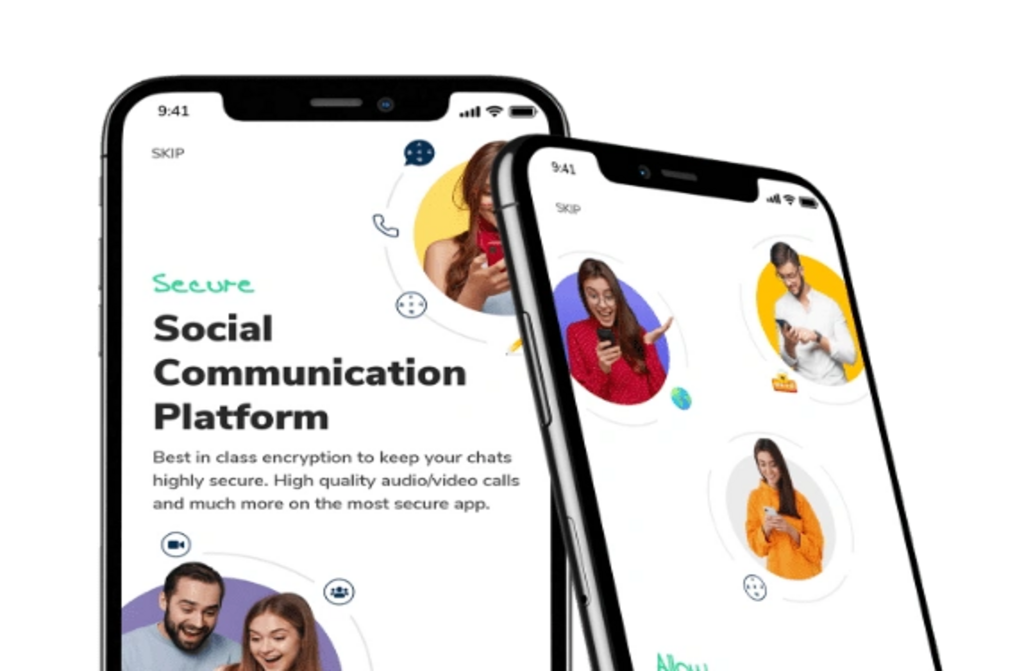Remote work will become the norm in 2025, not just a fad in the high-speed digital workplace. When teams span time zones and continents, effective communication is the key to productivity. While video chatting is an option on many platforms, security isn’t always the first consideration. This is where secure video conferencing comes in, transforming teamwork and communication.
Why Secure Video Conferencing Matters More Than Ever
Companies can no longer risk treating communications tools as plain utilities in the face of an escalating cyber threat and stricter data privacy regulations. Without user verification or strong encryption, old-school video calls can be risky. Secure video conferencing fosters trust and comfort by ensuring private client contacts, strategic sessions, and sensitive talks remain that way.
A large number of companies will have encrypted video calls as their default mode of communication by the year 2025. This ensures that outsiders cannot decipher the conversation, even in the case of data packet interception. It’s like putting your voice and pictures in an electronic safe.
The Relationship Between Productivity and Security
Security and productivity can, at first, seem to be mutually exclusive goals. But they’re closely tied:
- Less Distractions: Reliability of infrastructure is an expected characteristic of secure platforms, reducing the potential of phishing activities, intrusions, and failures.
- Confidence in Employees: Knowing that safe online meetings would keep their conversations safe makes the members more likely to share crucial data and insights.
- Client Confidentiality: Providing secure video conferencing demonstrates competence and a commitment to confidentiality in industries where clients are consulted.
- Compliance with Regulations: Secure communication technologies are required for industries such as legal services, healthcare, and finance. Business continuity is enhanced, and costly fines are prevented by complying with these standards.
Aspects that Characterize Secure Video Conferencing in 2025
We need to analyze the core security features that modern platforms need to possess in order to understand how secure video conferencing boosts productivity:
1. End-to-End Encryption
End-to-end encryption, the gold standard for encrypted video calls, ensures that the data can only be decrypted by meeting participants. The content of the call is not even accessible to the platform providers. Therefore, all data is inherently secure in a zero-trust environment.
2. Multi-Factor Authentication (MFA)
Anybody who wishes to join the secure online meetings first needs to verify themselves based on more than just a password. This can be a combination of biometric scans, email codes, or app-based authentication.
3. Role-Based Access Control
Risk is minimized by giving users roles of host, co-host, and attendee, which restrict what they can see or accomplish throughout the discussion. This is especially important for sensitive or large gatherings.
4. Waiting Rooms and Locking Meetings
To prevent invasions, the meeting can be “locked” once all planned participants have been manually let in.
5. Audit Logs
To ensure accountability and compliance, every login, file sharing, and message can be tracked. IT staff can immediately identify the root cause of any issue.
The Emergence of Smart, Secure Platforms
AI and automation are pushing secure video conferencing forward. By 2025, many platforms offer,
- Real-time encrypted transcription
- AI moderation to detect inappropriate behavior
- Voice biometrics to verify participants
These technologies enhance usability as well as security. AI filters ensure meetings stay on track, voice recognition ensures only authenticated individuals join, and automated summaries conserve time.
How Secure Video Conferencing Boosts Remote Team Productivity
1. Less Downtime
Preventive monitoring, sophisticated firewall protection, and assured uptime are common features of secure platforms. Conferences are more effective with fewer technical issues.
2. Faster Decision Making
Employees can communicate freely and work more effectively when they feel secure on the platform. Hesitation and delay are minimized through secure communication.
3. Global Collaboration
Language translation and localization software can be safely used in a secure environment, and global teams can work together without the constraints of security or language issues.
4. Integrated Simplified Workflow
Most top-notch video conferencing software today integrates with calendars, cloud storage, CRM applications, and project management software. Teams can talk and respond at the same time from this centralized workspace.
5. Employee Retention & Morale
Employees feel comfortable and respected when they know that their communications are secure. Such psychological comfort improves morale and supports long-term engagement in a world filled with cyberthreats.
Selecting the Best Video Conferencing Software
With so many options, choosing the best video conferencing software requires not only usefulness but also security. Among the top contenders in 2025 are,
- Daakia: It is popular for its advanced encryption capabilities and AI-supported processes.
- Zoom Enterprise: Provides massive organizations with added security elements.
- Microsoft Teams Premium: It offers robust, secure online meetings and comes integrated with Microsoft 365.
- Cisco Webex: Famous for enterprise-grade controls and real-time security insights.
- Google Meet Secure Edition: Smooth integration with Google Workspace and end-to-end encryption.
In considering platforms, organizations ought to inquire:
- Does it support encrypted video calls?
- Does MFA provide meeting protection?
- Can audit logs be checked and access be managed?
- Does the software comply with industry-specific guidelines, GDPR, or HIPAA?
Looking Ahead: The Future of Secure Communication
Beyond 2025, secure video conferencing will likely evolve into virtual reality-based, interactive experiences. These fundamental concepts of control, authentication, and encryption won’t evolve, however. Companies will be preparing their business for the future if they prioritize these today.
In the future workplace, digital trust will be the norm. Video calls are no longer sufficient for remote workers; they now demand integrated, secure, and encrypted experiences that allow them to focus on what matters most: results.
Conclusion
Secure video conferencing is an enterprise imperative in 2025, rather than a trend. It allows remote teams to collaborate with confidence, make decisions faster, and remain regulation-compliant. Advanced platforms are redefining secure communication through capabilities such as MFA, AI moderation, and encrypted video calls. Choosing the best video conferencing software means security should be a priority without losing function. Companies must adapt, invest, and be the standard-bearer of secure communication as working from home becomes a mainstream trend. Engaging the best of your people is better than simply storing data.
Curious about how secure communication affects remote working? Find Daakia, your online meeting of choice for increased output that protects your security. Also, if you found this blog helpful, please read our blog on How to Choose the Right Secure Video Conferencing Tool for Your Business.





